
Growing and foraging colour from the landscape.
In 2022, I was awarded a research and development residency at Cannon Hall Museum Park and Gardens.
I explored the idea of growing and foraging for colour from the landscape itself. This experience has inspired me to incorporate pigments from my local environment into my work. Recent examples include a black pigment made from the charcoal of a 200-year-old apple tree, a grey pigment from acorn caps gathered in my garden, and a pigment made by grinding a brick from the greenhouse built at Cannon Hall in 1785.
During the residency, I also grew indigo from seed and cultivated a small plot within the walled garden. This venture allowed me to create my own homegrown indigo pigment, which has become a meaningful addition to my practice. This process was particularly significant for me, as I had previously purchased indigo from India, but now I can proudly use my locally sourced indigo in both my watercolours and as a printing ink.
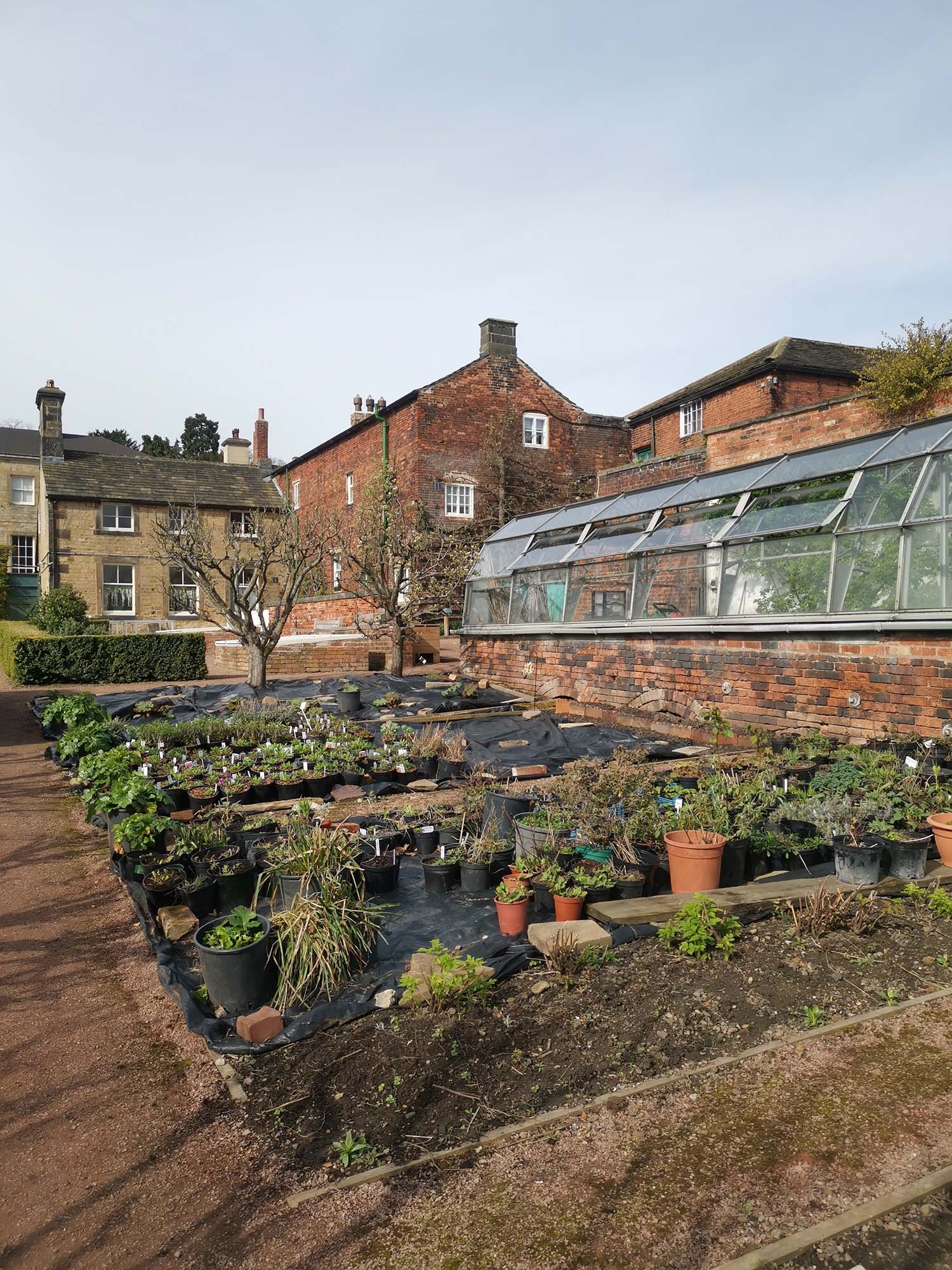
View of the walled garden at Cannon Hall Museum in early spring.

Growing beds at Cannon Hall Museum, preparing to sew indigo.
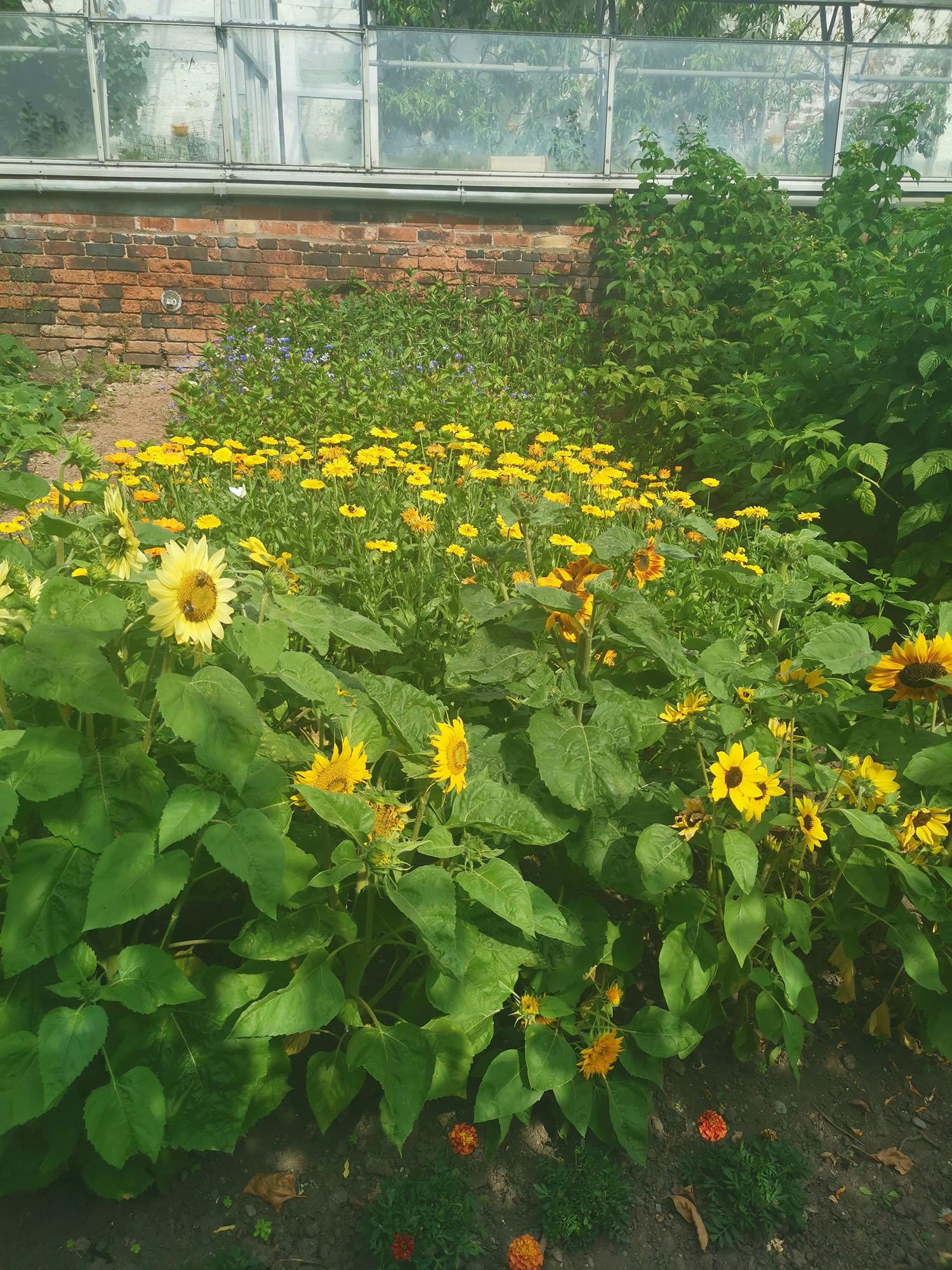
Indigo, sunflowers, cornflowers, calendula and marigolds growing at Cannon Hall Museum. July.

First indigo seedling.
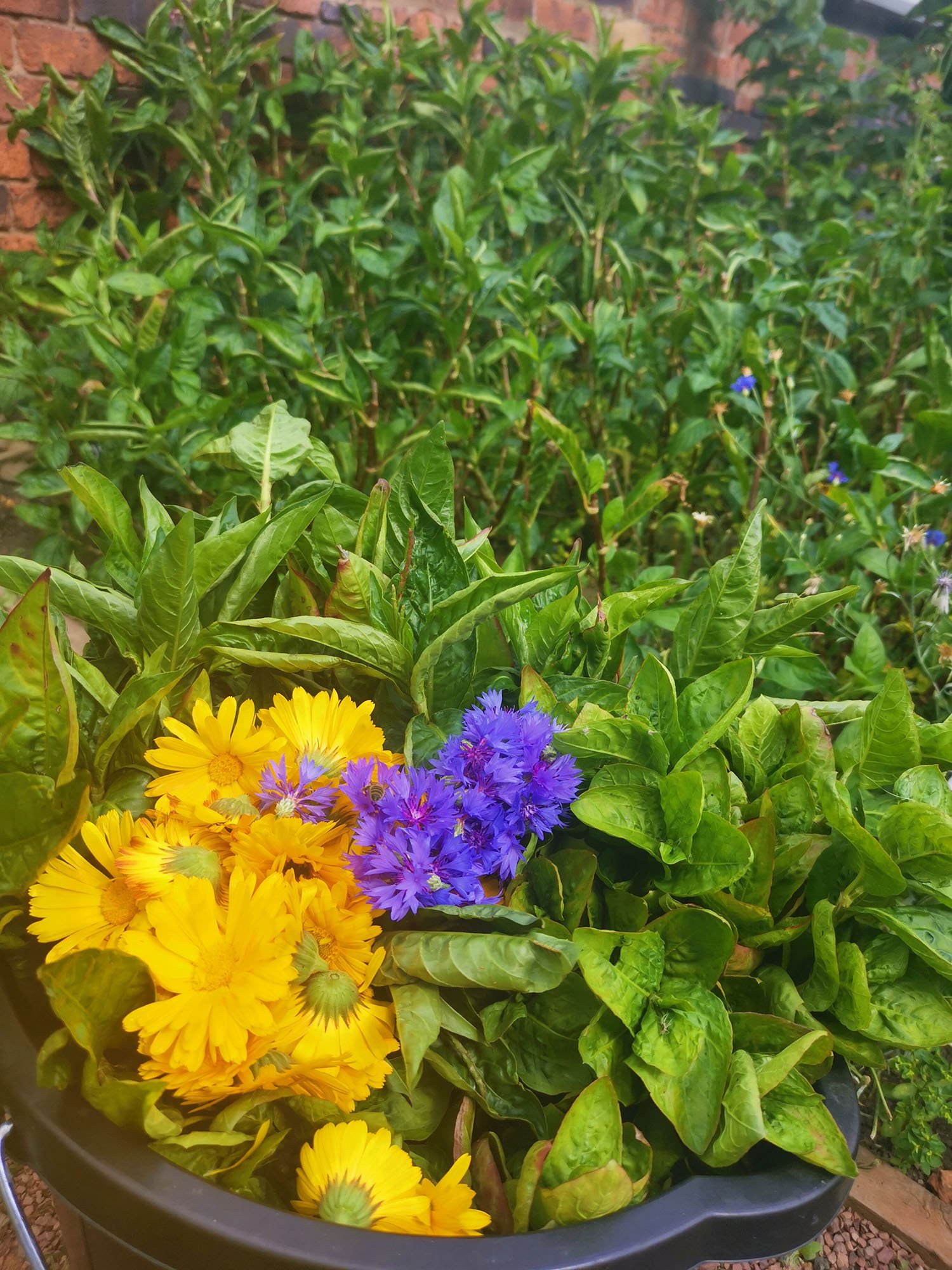
Indigo growing bed and harvested plants.

Colour swatch of purple cornflower ink.

Jar of processed indigo, waiting to settle.

Drying indigo pigment.

Processing indigo pigment in my studio.

Mixing indigo pigment on a traditional glass slab with a muller.

Monotype test of indigo printing ink.
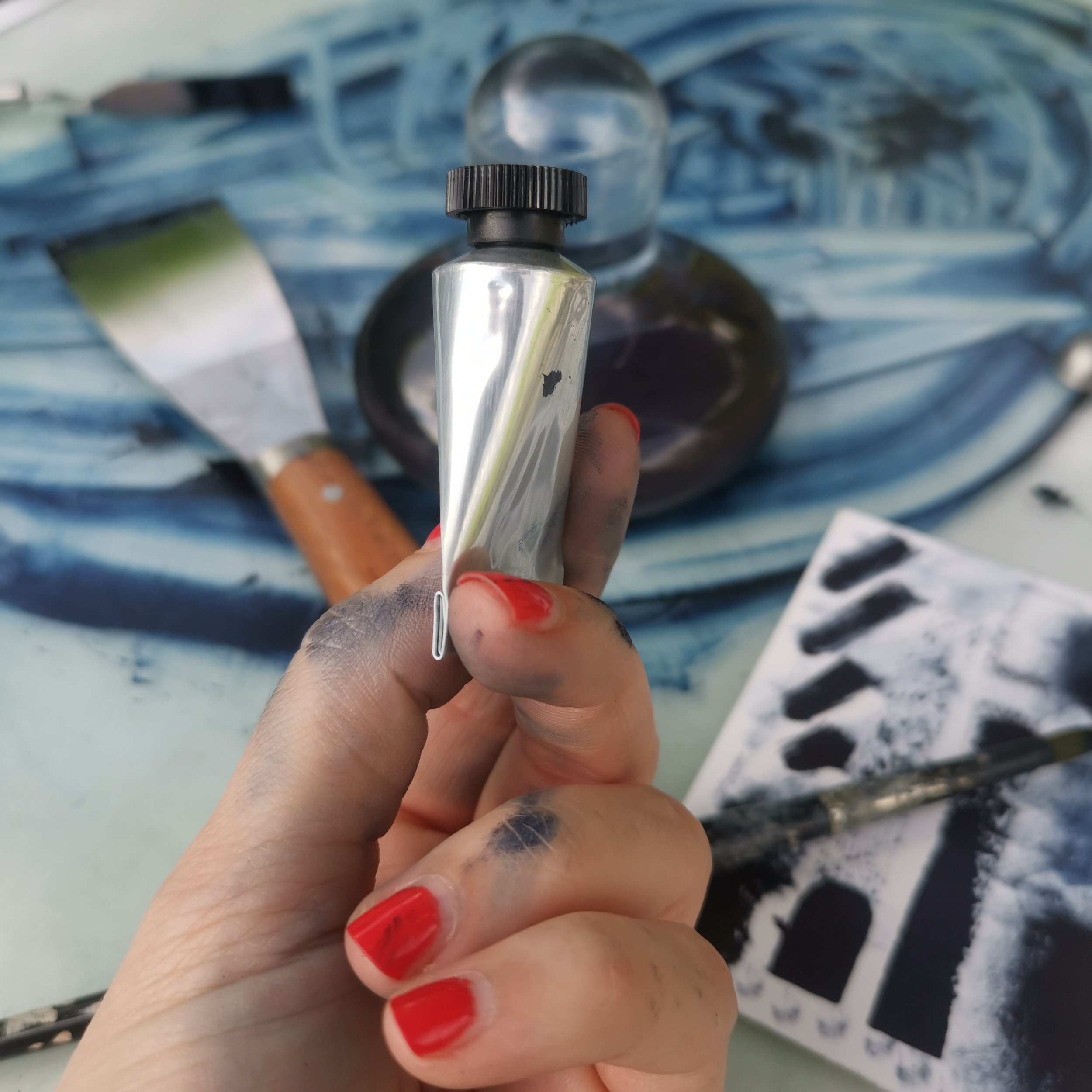
First trial of indigo oil paint.
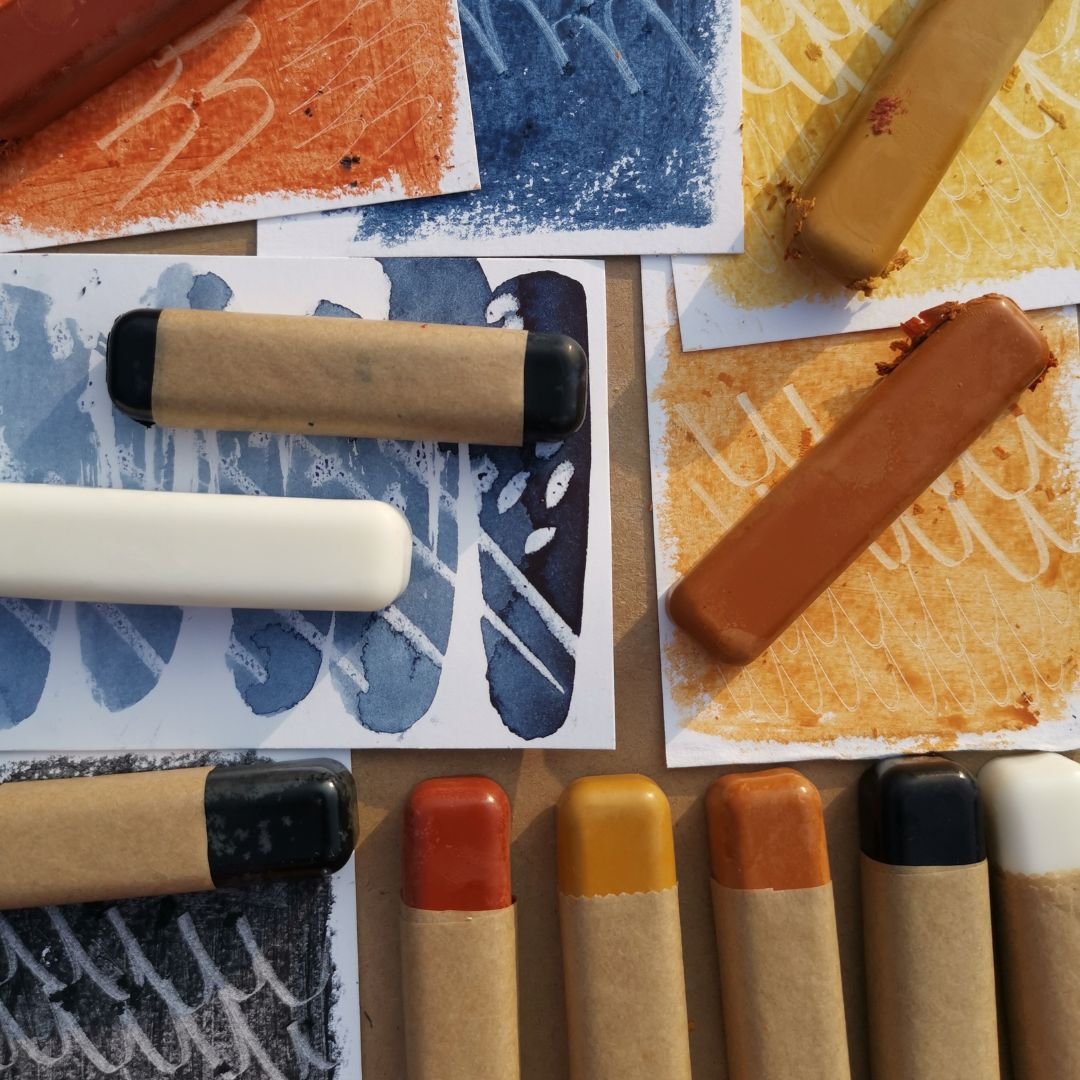
Wax pigment sticks made from natural pigments.
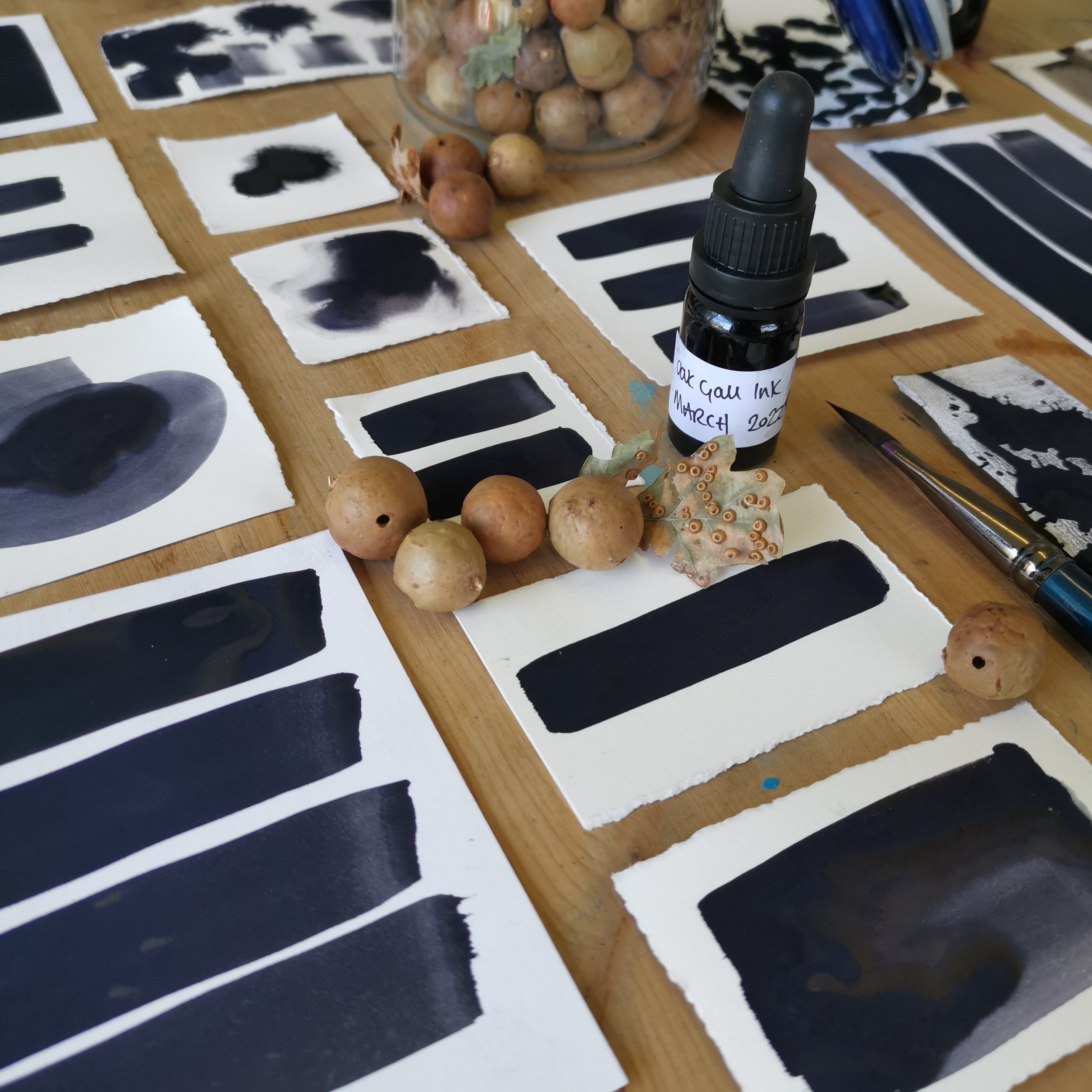
Test swatches of oak gall ink.

Recording tests in my recipe sketchbook, acorns.
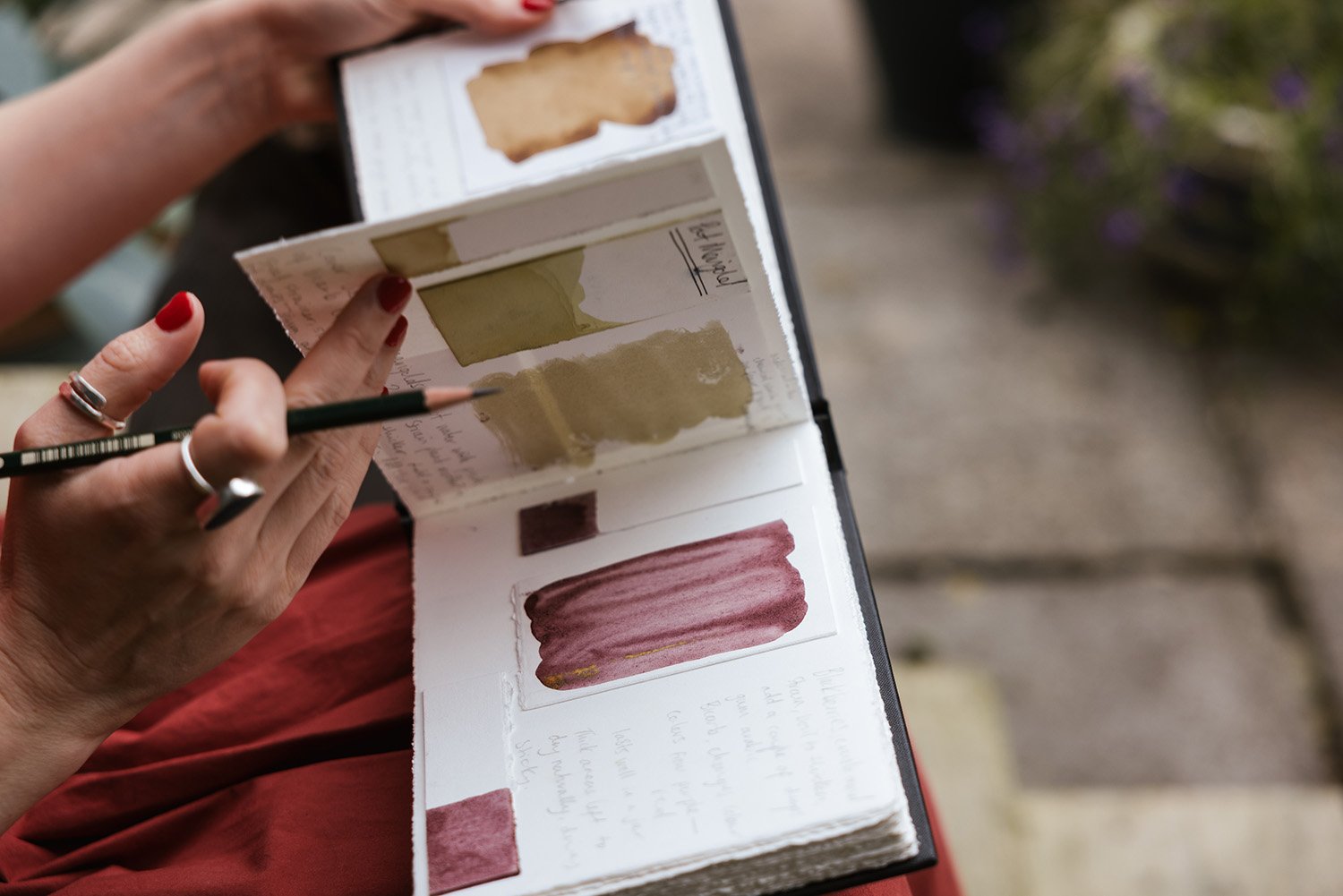
Further pages from my recipe sketchbook. Calendula and blackberry.

Grinding a piece of brick from the historic greenhouse at Cannon Hall Museum.
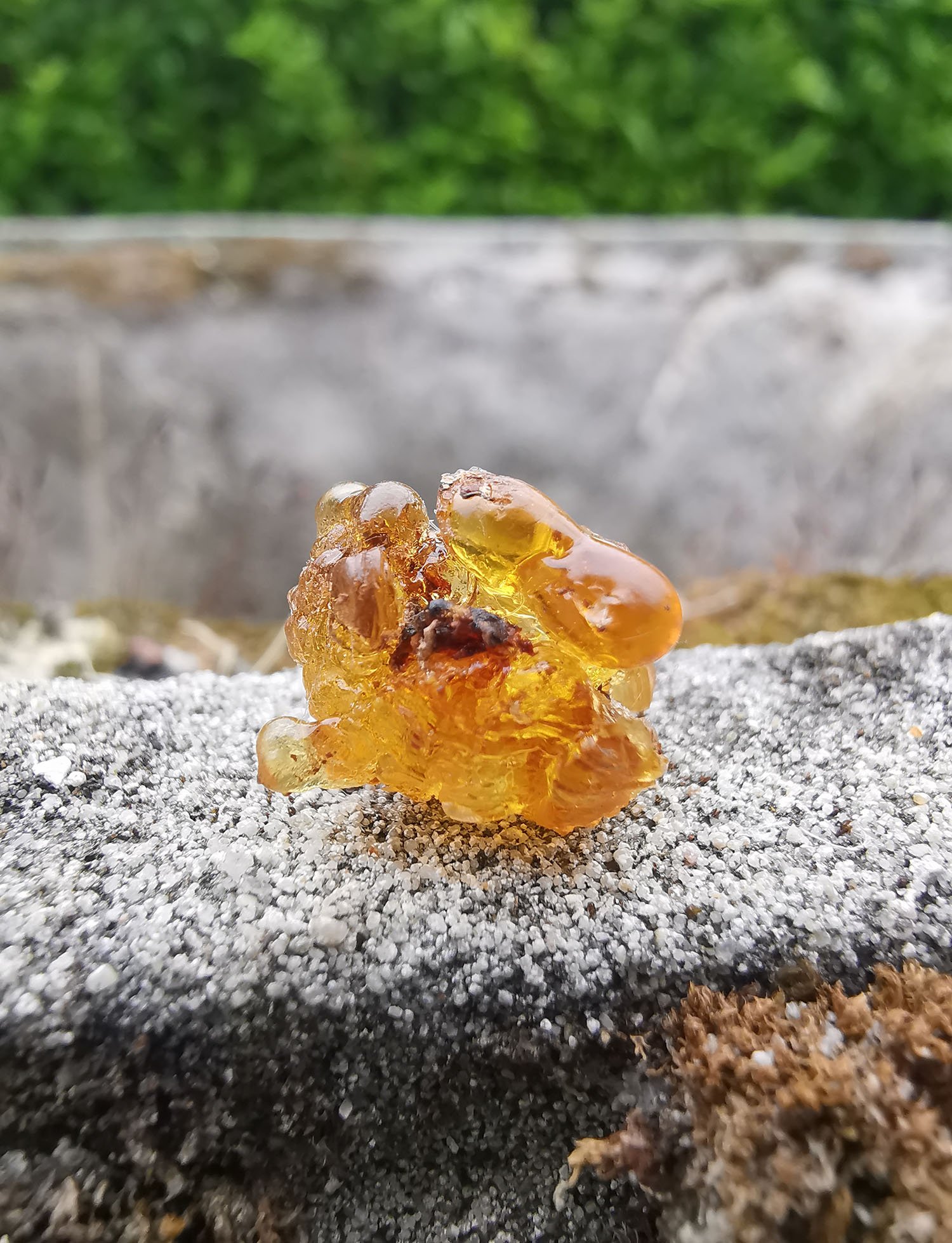
Foraged cherry sap.

Leaving the indigo to go to seed.
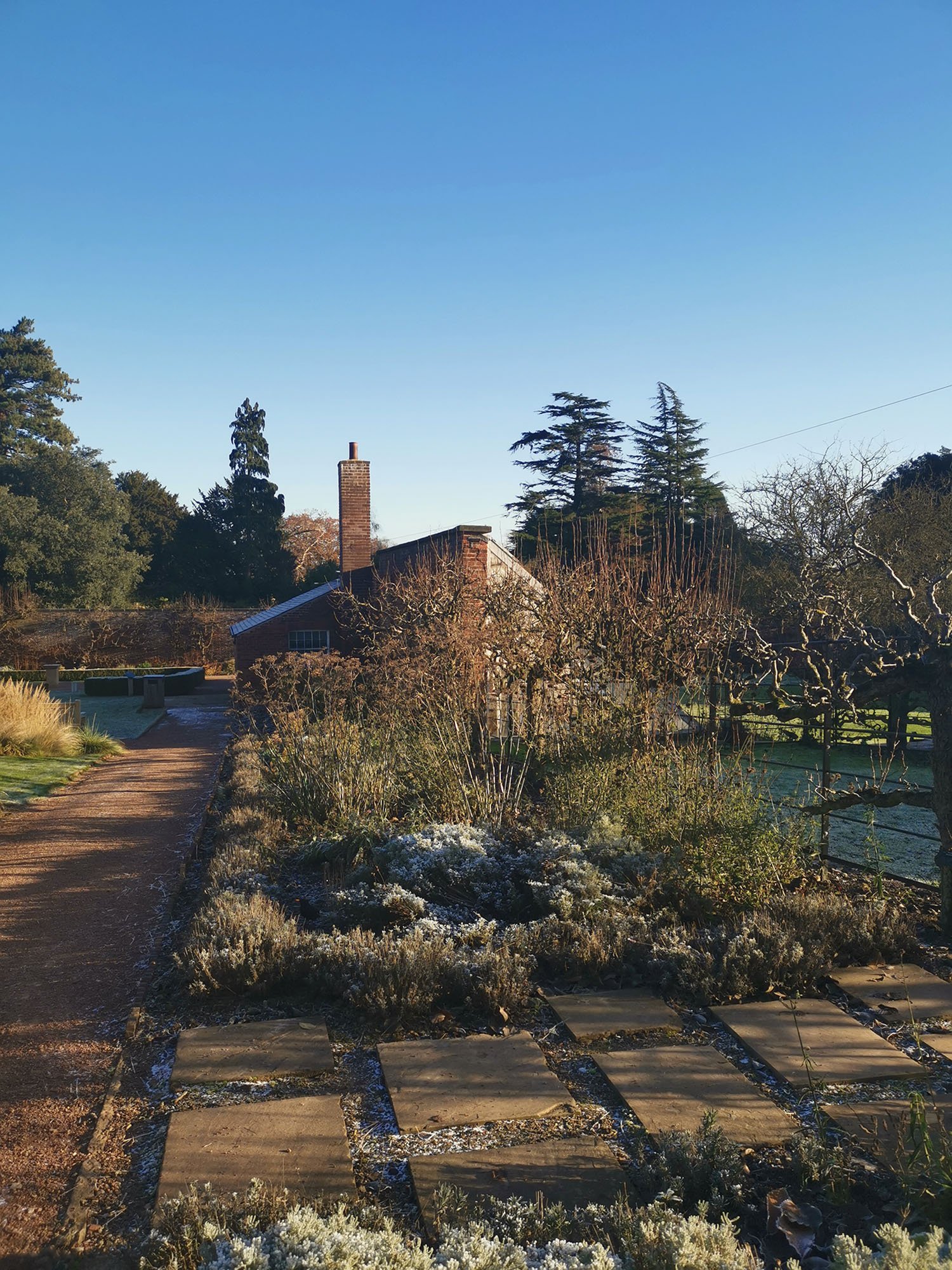
View of the walled gardens a Cannon Hall Museum in winter.